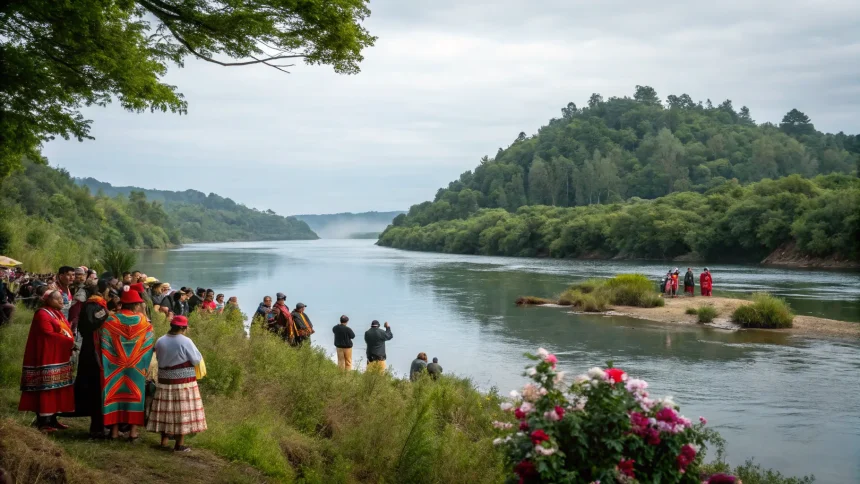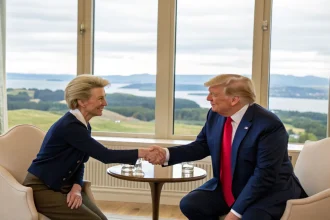A sacred celebration unfolded along the banks of the Pilmaiquen River in southern Chile as members of the indigenous Mapuche community gathered to observe We Tripantü, one of their most important spiritual holidays.
The multiday ceremony culminated with participants taking a ceremonial dip in the frigid, fast-flowing waters of the Pilmaiquen, marking a significant moment in this traditional observance. Associated Press journalists Giovanna Dell’Orto and Rodrigo Abd documented the event, capturing the cultural significance of these practices that have endured for generations.
The Significance of We Tripantü
We Tripantü represents the Mapuche New Year, typically celebrated around the winter solstice in the Southern Hemisphere. This period marks the renewal of natural cycles and the beginning of longer days after the shortest day of the year.
For the Mapuche people, Chile’s largest indigenous group, the celebration holds deep spiritual meaning. It serves as a time for community gathering, ancestral connection, and expressing gratitude for the natural world that sustains their way of life.
The ceremonial river immersion represents purification and renewal, with participants braving the cold waters to cleanse themselves spiritually as they enter the new cycle. This practice highlights the Mapuche’s deep connection to water sources, which they consider sacred entities.
Cultural Preservation Amid Challenges
The continuation of ceremonies like We Tripantü reflects the resilience of Mapuche cultural practices despite centuries of challenges. The Mapuche have fought to maintain their traditions, language, and spiritual practices in the face of historical marginalization and ongoing land disputes in southern Chile.
The Pilmaiquen River itself has been at the center of environmental conflicts, with indigenous communities often opposing hydroelectric projects and other developments they believe threaten their sacred sites and natural resources.
These celebrations take on additional significance as acts of cultural preservation and resistance. By maintaining these ceremonies, the Mapuche assert their identity and their historical connection to the lands and waters of southern Chile.
Community Gathering and Ritual
The multiday nature of the We Tripantü celebration involves various elements beyond the river ceremony, including:
- Traditional music played on instruments like the trutruka (a wind instrument) and kultrun (a ceremonial drum)
- Communal meals featuring traditional foods
- Prayers led by spiritual leaders known as machis
- Storytelling that passes down oral history to younger generations
These gatherings strengthen community bonds and provide an opportunity for elders to transmit cultural knowledge to younger Mapuche, ensuring traditions continue despite modernization pressures.
“The river speaks to us. When we enter its waters during We Tripantü, we connect with our ancestors and renew our commitment to protect these sacred places,” explained one participant in the ceremony.
Environmental and Cultural Significance
The choice of the Pilmaiquen River for this ceremony highlights the inseparable connection between Mapuche spiritual practices and specific natural features in their ancestral territory. For the Mapuche, rivers are not merely geographical features but living entities with spiritual significance.
This worldview often places the Mapuche at odds with development projects in southern Chile. Their defense of rivers like the Pilmaiquen stems not just from environmental concerns but from deeply held spiritual beliefs about their relationship with these waters.
The We Tripantü celebration serves as a reminder of these connections and the ongoing importance of natural places in indigenous spiritual life. It also draws attention to the challenges facing these communities as they work to protect their sacred sites.
As the ceremony concluded, participants emerged from the cold waters of the Pilmaiquen renewed for the coming year, carrying forward traditions that have defined Mapuche identity for centuries. In doing so, they demonstrated the living nature of indigenous practices that continue to adapt and persist in contemporary Chile.









